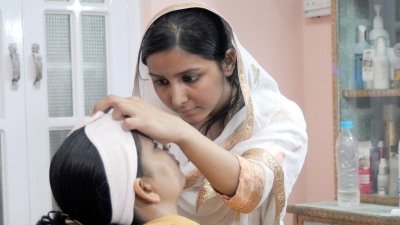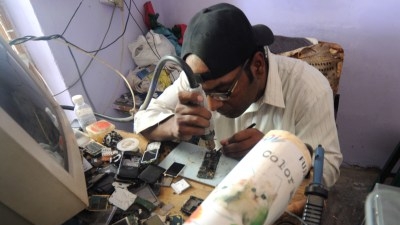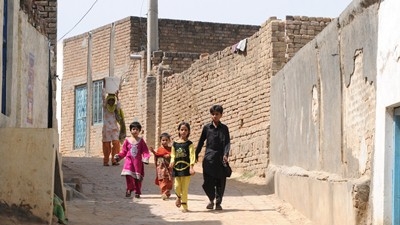Challenge
In working with the poor and marginalized communities in Balochistan, Khyber Pakhtunkhwa and Federally Administered Areas - who are in dire need of assistance and support - widespread militancy and insecurity remain a major challenge. Recurring conflict and insecurity created major hurdles and delays in effective project implementation. At times partner organizations (POs) had to pull out of the troubled areas, suspend work temporarily and close field offices. Certain partner organizations suffered considerably and lost valuable field staff to acts of terrorism. The POs are regularly in contact with the local administration and security forces to maintain a delicate balance and to allow them mobility to work with the people in the highly volatile regions.
Natural disasters have also had a profound impact on the lives of PPAF supported communities. The earthquake of 2005, floods of 2010 and 2011 and most recently the Balochistan earthquake of 2013 negatively impacted project outputs and outcomes, and created much distress for communities. This has meant that disaster relief and rehabilitation often has to take precedence in those areas where PPAF works.
Solution
As part of the lessons learned under PPAF-I and II, this program built in a stronger focus on the most vulnerable and poorest households. There was an especially strong focus on poor women and livelihoods, and this has borne fruit in terms of women’s active participation as members of community institutions and as microcredit borrowers. With an appropriate set of skills, the institutions of the poor are now emerging as the primary stakeholders for both private and public sector engagement. Even in insecure areas they have demonstrated their capability and effectiveness as partners in development.
Results
The Bank has supported the Pakistan Poverty Alleviation Fund (PPAF) since 2000. During this time the following results have been achieved:
Social mobilization and institution building: Nearly two million people have mobilized since inception, and approximately 122,000 institutions of the poor formed across the country. 660,000 staff and community members have been trained over the period as well.
Microcredit: Altogether, 6.3 million individuals availed micro credit with 58% of the loans given to women. Average repayment rate is maintained at 98% to POs and 100% to PPAF.
Empowering PPAF Communities through EasyPaisa: In order to provide financial services to the poor and un-banked communities, PPAF and Telenor are conducting a pilot to test the benefits of mobile/branchless banking facilities (e.g. deposits, withdrawals, local and international remittances and utility bill payments), in the form of an ‘Easy Paisa Shop,’ for people without easy access to formal banking services. The pilot project is spread across six locations, which include Lasbela (Balochistan), Tharparkar (Sindh), Swat (Khyber Pakhtunkhwa), Skardu (Gilgit Baltistan), Multan (Punjab), and Islamabad Rural.



